-

Reduced Glutathione CAS:70-18-8 Manufacturer Supplier
Glutathione (GSH) is a tripeptide (γ-glutamylcysteinylglycine) widely distributed in both plants and animals. GSH serves as a nucleophilic co-substrate to glutathione transferases in the detoxification of xenobiotics and is an essential electron donor to glutathione peroxidases in the reduction of hydroperoxides. GSH is also involved in amino acid transport and maintenance of protein sulfhydryl reduction status. The concentration of GSH ranges from a few micromolar in plasma to several millimolar in tissues such as liver.
-

Cystine CAS:923-32-0 Manufacturer Supplier
Cystine assists in the formation of skin and is important for detoxification. By reducing the body’s ability to absorb copper, cystine protects cells from copper poisoning. When it is metabolized, it will release sulfuric acid, and sulfuric acid will chemically interact with other substances to increase the detoxification function of the entire metabolic system.
-
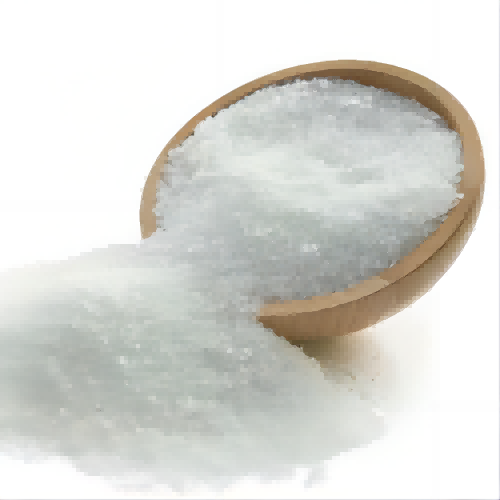
L-Arginine L-Glutamate CAS:4320-30-3 Manufacturer Supplier
L-Arginine L-Glutamate is the nitrogen donor for synthesis of nitric oxide.L-Arginine L-Glutamate can be used for upper gastrointestinal hypofunction or dysfunction like functional dyspepsia research.
-

Coenzyme A free acid CAS:85-61-0
Coenzyme A free acid is an essential cofactor functioning as an acyl group carrier and carbonyl-activating group for the citric acid cycle and fatty acid metabolism. About 4% of cellular enzymes utilize CoA as a substrate. It is synthesized from pantothenic acid in a 5-step process that requires ATP. The pantothenate kinase step of the CoA biosynthetic pathway has been identified as a target for the development of antibacterial compounds.
-

Idebenone CAS:58186-27-9 Manufacturer Supplier
Idebenone is an organic compound belonging to the quinone family, being similar to coenzyme Q-10. It is a kind of drug developed by Takeda Pharmaceutical Company for the treatment of Alzheimer’s disease and some other cognitive defects. However, these have been not very much progress associated with this indication. It is now also used for the treatment of Friedreich’s ataxia with a positive effect on cardiac hypertrophy and neurological function.
-
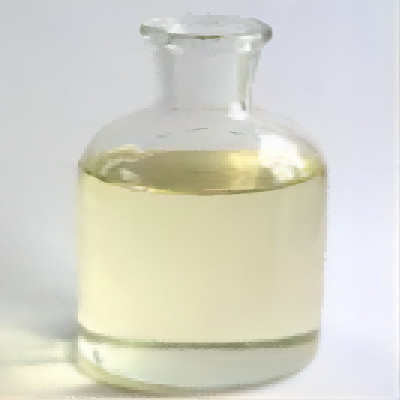
Tetraethylene Glycol CAS:112-60-7 Manufacturer Supplier
Tetraethylene glycol is a polymer consisting of ethylene glycol monomer units and two terminal hydroxyl groups. The hydroxyl groups can react to further derivatize the compound. Ethylene glycol compounds have hydrophilic characteristics. The solubility of the polymer increases as the number of ethylene glycol groups increase.
-
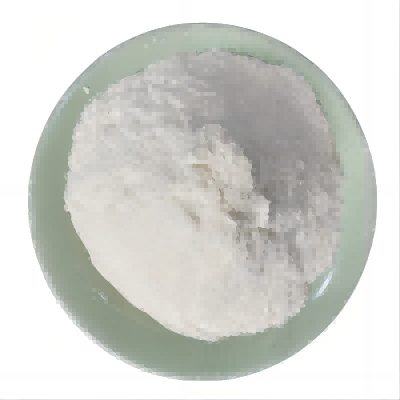
Isoleucine CAS:7004-09-3 Manufacturer Supplier
Isoleucine ( abbreviated as Ile or I ) is an α – amino acid with the chemical formula HO2CCH(NH2)CH(CH3)CH2CH3. It is an essential amino acid, which means that humans cannot synthesize it, so it must be ingested. Its codons are AUU, AUC and AUA.With a hydrocarbon side chain, isoleucine is classified as a hydrophobic amino acid. Together with threonine, isoleucine is one of two common amino acids that have a chiral side chain.
-
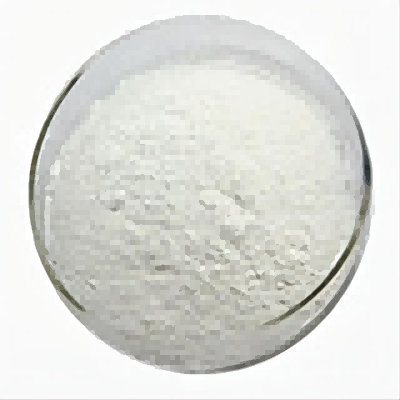
Guanidinopropionic Acid CAS:353-09-3 Manufacturer Supplier
Guanidinopropionic acid is a white crystal that dissolves in water and is a creatine analog. Guanidinopropionic acid is a kind of amino acid derivatives. It is an important chemical raw material and intermediate. It exists in the serum, brain, liver, kidney and urine of mammals.
-

Olmesartan CAS:144689-24-7 Manufacturer Supplier
Olmesartan medoxomil,phenyl]phenyl]methyl]imidazole-4-carboxylate (Benicar, Olmetec) uses the tetrazolering system as its acidic system, which participates inreceptor binding.When administered to a patient, the drugis rapidly and completely bioactivated by ester hydrolysis ofthe medoxomil during absorption from the gastrointestinaltract. Olmesartan is a biphenylyltetrazole. It has a role as an antihypertensive agent and an angiotensin receptor antagonist.
-

L-Homoarginine Monohydrochloride CAS:1483-01-8 Manufacturer Supplier
L-Homoarginine is an uncompetitive and organ-specific inhibitor of alkaline phosphatases. This non-essential amino acid inhibits human bone and liver alkaline phosphatases but has no effect on placental or intestinal isoenzymes. Pre-treatment with L-homoarginine delays in vivo tumor growth in a murine C3H/He osteosarcoma model. It also inhibits high-protein diet-induced pancreatic growth and enzyme secretion in bile-pancreatic juice-diverted rats, a model for the induction of pancreatic enzyme secretion with hypercholecystokininemia.
-
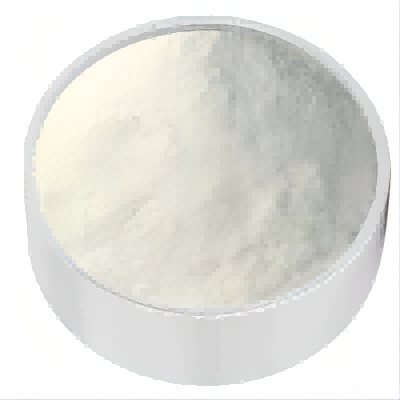
Empagliflozin CAS:864070-44-0 Manufacturer Supplier
Empagliflozin is a C-glycosyl compound consisting of a beta-glucosyl residue having a (4-chloro-3-{4-[(3S)-tetrahydrofuran-3-yloxy]benzyl}phenyl group at the anomeric centre. A sodium-glucose co-transporter 2 inhibitor used as an adjunct to diet and exercise to improve glycemic control in adults with type 2 diabetes mellitus. It has a role as a sodium-glucose transport protein subtype 2 inhibitor and a hypoglycemic agent. It is a C-glycosyl compound, an aromatic ether, a tetrahydrofuryl ether and a member of monochlorobenzenes.
-

Mirabegron CAS:223673-61-8 Manufacturer Supplier
Mirabegron is for the treatment of urgency, urinary frequency, and urinary urge urinary incontinence associated with overactive bladder (OAB). Mirabegron is synthesized by coupling 4-nitrophenethyl amine to (R)-2-hydroxy-2-phenylacetic acid. The resulting amide is reduced to an amine. The nitro group is then reduced and the resulting is coupled to 2-(2-aminothiazol-4-yl) acetic acid to give mirabegron.

